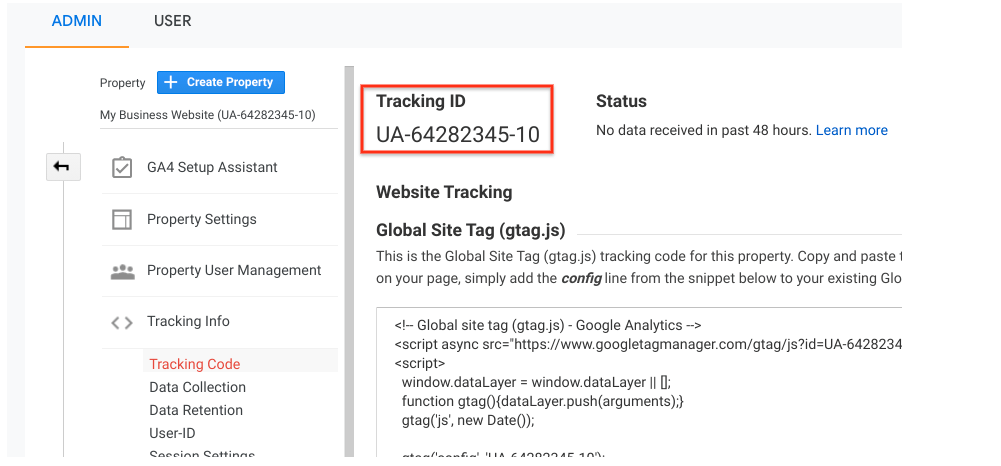Grasping Google Analytics: What Data Does Google Analytics Prohibit Collecting?
Grasping Google Analytics: What Data Does Google Analytics Prohibit Collecting?
Blog Article
Understanding the Art of Conquering Data Collection Limitations in Google Analytics for Better Decision-Making
In the realm of electronic analytics, the capacity to extract meaningful insights from information is extremely important for notified decision-making. By employing innovative strategies and strategic methods, organizations can raise their data quality, unlock hidden insights, and pave the method for even more efficient and enlightened choices.
Information Quality Assessment
Data quality analysis entails examining various facets such as accuracy, completeness, uniformity, and timeliness of the information. One vital element to consider is information precision, which refers to how well the information shows the true worths of the metrics being determined.
Efficiency of information is another critical element in analyzing data high quality. Uniformity checks are also crucial in data high quality analysis to identify any type of disparities or anomalies within the data collection. By focusing on data quality evaluation in Google Analytics, organizations can enhance the reliability of their analytics reports and make even more enlightened decisions based on accurate insights.
Advanced Tracking Methods
Making use of innovative tracking methods in Google Analytics can dramatically boost the deepness and granularity of information accumulated for even more comprehensive evaluation and understandings. One such method is event tracking, which enables for the tracking of certain communications on an internet site, like click switches, downloads of files, or video sights. By applying occasion monitoring, organizations can obtain a much deeper understanding of customer actions and involvement with their on-line material.
In addition, customized dimensions and metrics offer a way to tailor Google Analytics to specific business demands. Custom-made measurements enable the production of brand-new data points, such as customer duties or customer segments, while customized metrics allow the tracking of unique efficiency signs, like profits per individual or typical order value.
Furthermore, the application of Google Tag Supervisor can improve the implementation of monitoring codes and tags across a site, making it simpler to manage and release sophisticated tracking arrangements. By taking advantage of these advanced tracking strategies, companies can unlock beneficial understandings and optimize their on-line techniques for much better decision-making.
Custom Measurement Application
To enhance the deepness of data collected in Google Analytics beyond advanced monitoring techniques like occasion tracking, organizations can carry out custom measurements for more customized insights. Custom-made measurements enable businesses to specify and gather certain information points that pertain to their special objectives and goals (What Data Does Google Analytics Prohibit Collecting?). By appointing custom dimensions to various components on a site, such as user communications, demographics, or session details, services can gain a much more granular understanding of just how users involve with their on-line residential properties

Attribution Modeling Methods
By utilizing the appropriate attribution model, companies can precisely associate conversions to the proper touchpoints along the client journey. One typical acknowledgment design is the Last Interaction design, which provides credit score for a conversion to the last touchpoint a customer connected with prior to transforming.

Data Sampling Evasion
When dealing with huge quantities of data in Google Analytics, conquering data tasting is important to make certain exact insights are derived for informed decision-making. Information sampling occurs when Google Analytics estimates patterns in information instead of evaluating the complete dataset, possibly resulting in skewed results. To stay clear of data tasting, one effective technique is to reduce the date array being examined. By focusing on shorter time structures, the probability of experiencing sampled data decreases, giving a much more precise depiction of individual actions. Furthermore, utilizing Google Analytics 360, the premium variation of the system, can help minimize sampling as it permits higher information thresholds before tasting begins. Implementing filters to limit the data being evaluated can also aid in preventing tasting problems. By taking these proactive actions to minimize information tasting, companies can remove much more accurate insights from Google Analytics, bring about much better decision-making and boosted overall efficiency.
Final Thought
To conclude, mastering the art of conquering information collection constraints in Google Analytics is crucial for making notified choices. By performing a thorough data high quality evaluation, carrying out innovative monitoring methods, using customized dimensions, using acknowledgment modeling strategies, and avoiding data sampling, companies can make sure that they have exact and trusted data to base their decisions on. This will eventually cause much more efficient techniques and much better results for the organization.

Report this page